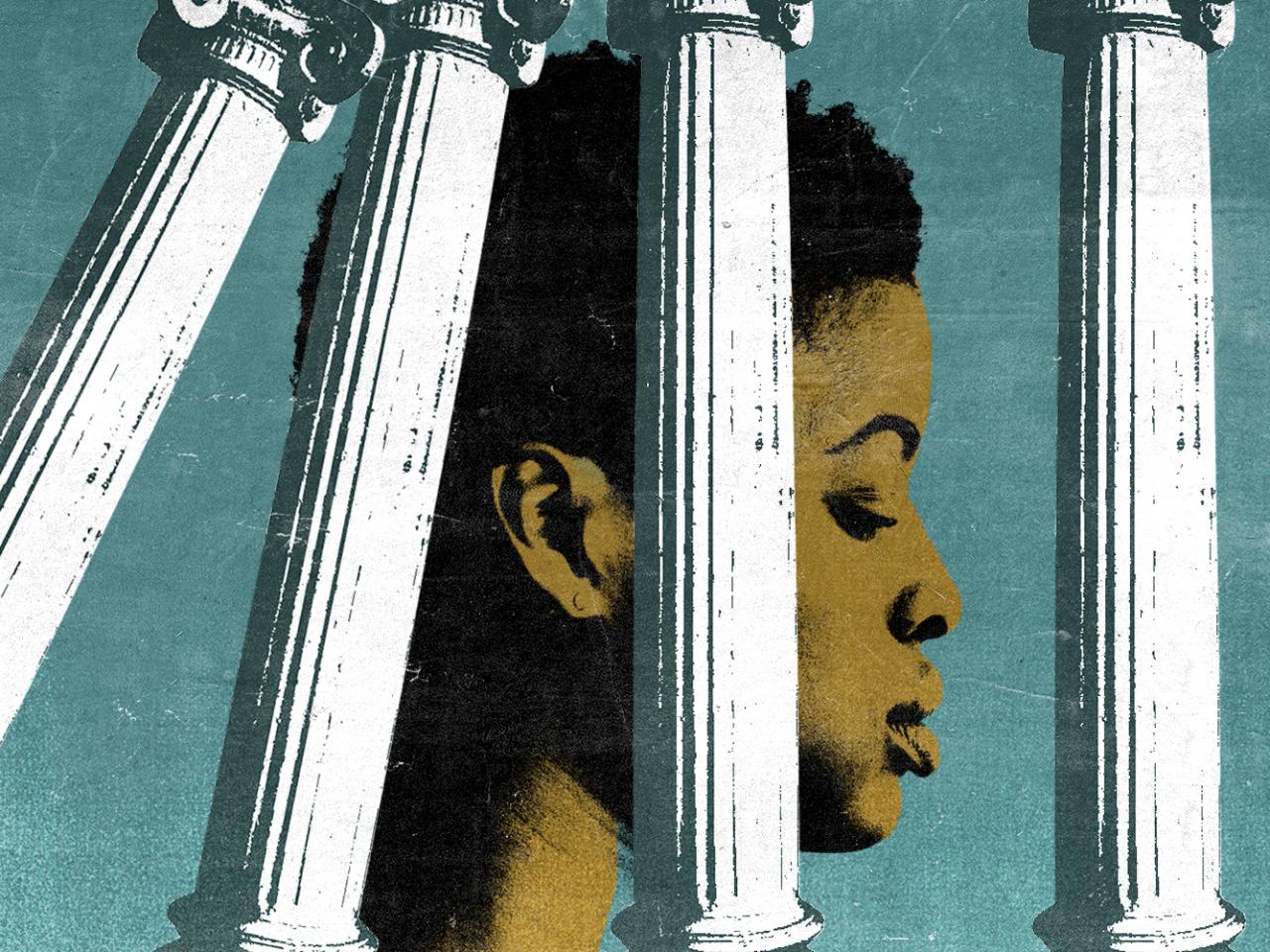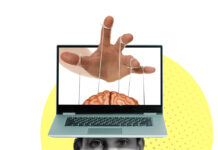A new study in Academic Psychiatry investigates the relationship between racial bias among psychiatrists and medical students in the US and the effects on diagnosis and treatment. The study, conducted by Amalia Londono Tobon from the Yale University School of Medicine and her colleagues, found rampant implicit racial bias among participants, which can have severe implications for their patients of color.
Tobon and colleagues measured the presence and strength of implicit associations and the relevance to how participants diagnose and treat patients and understand patient compliance. Implicit associations are unconscious, automatic, and non-deliberate judgments and thinking patterns that people might have about others. These could influence the quality of care they provide to people in those groups. The researchers write:
“A large proportion of participants had moderate associations of Black faces with psychosis, non-compliance, and antipsychotic words (and White faces with mood disorders, compliance, and antidepressants).”

The history of racism in Western psychiatry has been well-documented. This includes the use of psychiatric diagnosis to pathologize those resisting slavery, as in the case of Drapetomania, and those fighting for civil rights (see the overdiagnosis of Black men with psychotic disorders during the civil rights movement). These problems continue in the present as research finds that both race and class factors influence whether someone is diagnosed with schizophrenia. Other studies have corroborated these findings, reporting that the chances of being diagnosed with schizophrenia are doubled for Black patients when compared to White patients. This has serious implications as it shows that systemic racism can influence patient care and lead to the political abuse of psychiatry.
The current study advances research on the role of racial bias in the diagnosis of psychosis. The researchers studied whether psychiatrists and medical students had racial implicit associations that could be predicted by their own race-ethnicity, age, training level, and gender. These implicit biases, and the strength of the biases, were measured using Implicit Association Tests (IATs).
For the purpose of this study, the authors adapted IATs to measure racial associations with diagnosis, patient compliance, and treatment. Participants were asked to sort Black and White faces against stimuli words in three categories:
- Psychiatric Diagnosis: words about psychotic disorders such as paranoia, psychosis, schizophrenia versus words around mood disorders such as depression, bipolar, hypomania
- Patient Compliance: words about compliance such as cooperative, amenable, willing versus words around non-compliance such as reluctant, difficult, resistant
- Psychiatric Medication: words about antipsychotics such as aripiprazole, haloperidol, Clozapine versus words around antidepressants such as Paroxetine, Citalopram, and sertraline
Linear and regression models were used to analyze the results from online surveys of 294 medical students and psychiatrists based in the US. These models help to show whether certain variables can predict others. In this study, these models helped determine whether psychiatrists and students’ gender, age, training level, and race-ethnicity predicted the strength of their biases.
The researchers found that 39.12% of participants displayed moderate-to-strong implicit associations between Black faces and psychotic disorder words, 37.7% associated Black faces with non-compliance words, and 38.72% associated Black faces with antipsychotic medications. Conversely, a moderate to strong association between white faces and psychotic disorders, non-compliance, and antipsychotic medication was shown only by 5.78%, 8.33%, and 2.98%, respectively.
Black and Native American participants showed significantly lower levels of bias across all tasks (diagnosis, compliance, and medication). Psychiatrists with more training showed stronger biases than medical students when it came to paring psychotic disorders with Black faces and mood disorders with white ones. They did not show this bias when it came to pairing Black faces with non-compliant patients.
Female participants had lower levels of bias for the psychiatric medication task (antipsychotics versus antidepressants) between Black and white faces, but no significant difference for diagnosis or compliance task. Age had nothing to do with the implicit association and was found to be insignificant throughout.
“Results indicate that the majority of medical students and psychiatric physicians in our sample had IAT scores with moderate racial implicit associations regarding mental health diagnosis, patient compliance, and treatment,” the authors write. “Furthermore, this study demonstrates that a prescriber’s race/ethnicity and training level were significant predictors of racial implicit associations.”
Tobon and colleagues note that there was pervasive and measurable implicit bias in the participants when it came to associating Black patients with non-compliance, psychosis, and the prescription of antipsychotic medication. For a long time, researchers have known that race influences whether the patients enter a mental health care system versus prison and that Black patients are regularly over-diagnosed with psychotic disorders.
Given that higher levels of training predicted stronger biases (except in the patient compliance task), the authors suggest that bias issues are systemic and reinforced by current training and practices.
The authors note that the negative and racial associations of psychotic disorders and antipsychotic medication with Black faces can be traced to structural and historical factors in the field. These include racist Haldol advertisements during the 1970s and older racist psychiatric literature that positioned Black men as being prone to a specific kind of psychosis marked by antiwhite aggressiveness and paranoia.
The authors conclude that a more diverse workforce might help reduce some of these biases in psychiatric diagnosis and treatment. They insist that further research is required to assess whether implicit racial biases influence psychiatrists’ actual clinical behavior.
****
Londono Tobon A., Flores, J.M., Taylor, J.H., Johnson I., Landeros-Weisenberger, A., Aboiralor, O., Avila-Quintero, V.J., & Bloch, M.H. (2021). Racial Implicit Associations in Psychiatric Diagnosis, Treatment, and Compliance Expectations. Academic Psychiatry. https://doi.org/10.1007/s40596-020-01370-2 (Link)















Damn, I wanted that study! Steve, we gotta get on this! 🙂
Report comment
Everything what shouldn’t impact psychiatry. Except the churches.
Report comment